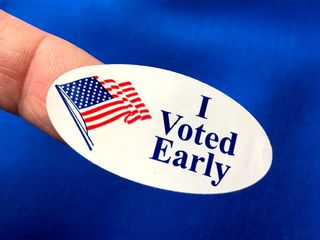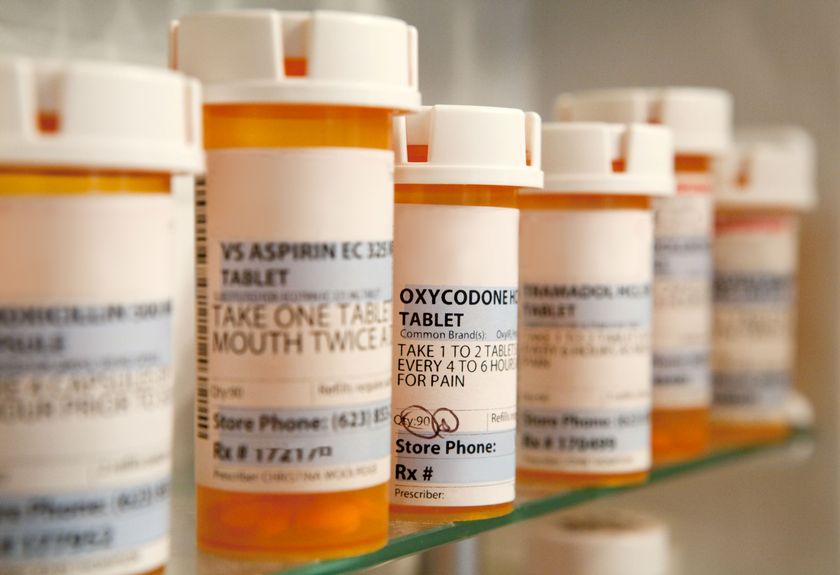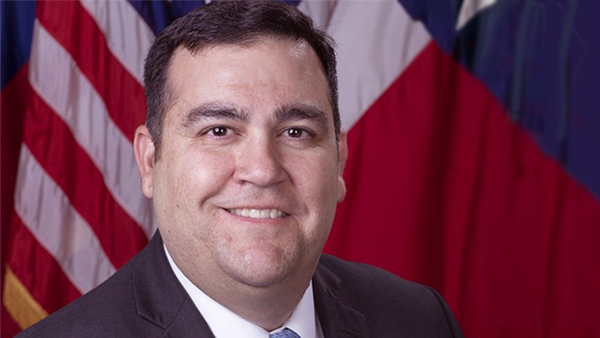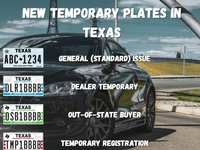- Sections :
- Crime & Public Safety
- Restaurants & Food
- Sports
- More
Road rage rises with the temperature
THE WOODLANDS, Texas -- Soaring temperatures often results in tempers soaring, when drivers are subjected to inappropriate behavior by another driver. Road rage often results in damage to vehicles, bodily injury, and sometimes in death as in the case in Houston recently, when Frederick Curtis Wilson II, shot and killed Jaime Ceballos-Garcia.
According to law enforcement officials, Wilson drove up behind 32 Ceballos-Garcia and his passenger on a Houston freeway, blaring his horn, then sped around them, pulling in front of them and applying his brakes. Wilson then pulled alongside Ceballos-Garcia, fired at least one shot into the vehicle, killing Ceballos-Garcia at the scene.
As recently as Wednesday, August 28, a Texas family was involved in a road rage incident that ended violently at a Missouri gas station. The family had some kind of traffic argument with two men who followed them to the gas station and attacked them, opening the car doors, kicking them, and smashing the rear window with a tire iron.
Montgomery County has also had its share of road rage incidents. On June 4, 2002, five teenagers were accused of robbing and beating a man who had honked his horn at them, after they narrowly missed striking his car while driving on Woodlands Parkway. A few years later an irate driver forced another vehicle off the Parkway, killing the driver who had his teenage daughter in the car with him.
Lt. Dan Norris of the Montgomery County Sheriff’s Office acknowledged that the incidents appear to rise with the temperature. Norris recently encountered a road rage incident developing on I-45N and intervened by moving between the irate drivers.
“They didn’t know I was a law enforcement officer because I was in an unmarked car,” said Lt. Norris, “but I kept the two apart apart preventing a bad situation from evolving.”
Lt. Norris was quick to add that this isn’t a tactic he would recommend if a driver witnesses a road rage confrontation.
“I have an advantage with a police radio and a badge I can flash,” said Norris.
Lt. Norris offers these recommendations:
- Be a good witness. Get the license plate numbers
- When safe to do so, pull over and call 911
- Above all, don’t intervene!
A survey by the American Automobile Association (AAA) revealed that aggressive driving accounts for more than half of all traffic fatalities. AAA defines road rage as events in which an angry driver tries to kill or injure another driver after a traffic confrontation. Since 1990 the incident of road rage has risen by 51 percent. In the cases studied, 37 percent of offenders used firearms against other drivers, an additional 28 percent used other weapons, and 35 percent used their cars.
Despite what people think, the peak moment for aggressive driving doesn’t necessarily occur during gridlock but just before, when traffic density is high and cars are still moving briskly. That's when cutting someone off or forcing someone out of a lane is most likely to occur, usually as a result of a driver talking on a cell phone in an estimated 98% of the cases.
Other rage-inducing incidents are as follows: driving too fast and tailgating virtually tie in just over 85% of the cases, switching lanes unsafely often without signaling, drinking and eating come in third place, and then slamming on brakes. Surprisingly, running red lights comes in last.
Recently witnessed was a driver who ran a red light at one of The Woodlands Parkway's busier intersections while talking on her cell phone. After tapping on the horn and pointing upward at the traffic light to alert the driver, the perpetrator’s response was to shout obscenities and take the other hand off the steering wheel to make an obscene gesture, giving new meaning to the term ‘hands-free.’
The National Institute of Health sponsored a study that looked at road rage in drivers. In 5% to 7% of the nearly 10,000 drivers studied, road rage behavior was present. A general theory came out of the study, and Intermittent Explosive Disorder (IED) was identified as the cause of road rage. A number of variables may contribute to the rise in road rage: suburbs that don’t have the infrastructure to accommodate the increase in traffic, the influx of other global cultures with different driving habits, and the popularity of larger vehicles (pickup trucks and sport utility vehicles), which therapists feel create a sense of entitlement that’s unjustifiable, since all drivers contribute equally to maintaining the highway system.
Recent research compiled by the money-saving website VoucherCodesPro, suggests that men between the age of 35 and 50, were the most likely to succumb to "road rage", with BMW motorists ranking as the most aggressive drivers, even ahead of those driving larger SUVs and trucks. Their research showed that motorists who drive blue cars were rated as the worst "road rage" offenders, and were more likely to be aggressive than those driving black or red cars.
VoucherCodesPro's poll of 2,837 motorists suggested that Friday evenings after work, was the peak time for drivers to lash out, followed by the Monday morning commute to work. Sundays were the calmest day of the week to drive. Male respondents said they fell victim to other drivers' road rage five times per month on average, while women said they were victims an average of eight times per month. Their research suggested that women between the ages of 17 and 25 were the least likely to exhibit road rage.
Behaviorists agree that most road rage incidents are caused by the drivers' own moods and reactions when they get behind the wheel. Reactions to rude or bad driving by others typically results in the following:
-Honking horn at the offending driver (40 percent)
-Cursing at the other driver (32 percent)
-Waving fist or arms (9 percent)
-Making obscene gestures (8 percent)
-Stopping the other car to confront the driver (3 percent)
“Unfortunately these reactions can result in retaliatory behavior. It’s best not to antagonize an already volatile situation,” advises Lt. Norris. “To diffuse your own anger, take a deep breath and just let it go.”
Behaviorists recommend the following tactic to diffuse the other driver’s anger:
If your driving was at fault, acknowledge your driving mistake by putting the palm of one of your hands to your forehead and mouthing the word “Sorry.” If this doesn’t diffuse the situation, don’t make eye contact with the aggressive driver, back off your rate of speed, and let the other driver move on. If aggressive behavior persists, pull over and call for law enforcement assistance.
Communities that make a concentrated effort to curb road rage can reduce the number of incidents with outreach programs such as utilizing social media and the Amber Alert highway signs. A simple message can have a calming effect, such as the ‘do unto others’ rule, “Treat fellow drivers how you would like to be treated,” or “Relax. You’re almost home.”
Possibly the most effective method is positioning law enforcement officers in construction or high-traffic areas. the Harris County Constable Ron Hickman’s Office has just implemented the concept of a ‘ghost patrol’ on the Hardy toll road system. Unmarked patrol cars will blend in with the traffic to catch aggressive drivers and speeders. According to the Constable’s Office, the program has already observed a 38 percent increase in violations. Violators will be aware that the vehicles are legitimate patrol cars when the emergency lights inside the front and rear windows and on the front bumper are activated. This new proactive approach and the above mentioned recommendations should curb the number of road rage incidents in the community.
Law enforcement officers are all in agreement on one thing…”The best defense is to avoid,” said Lt. Norris.

















